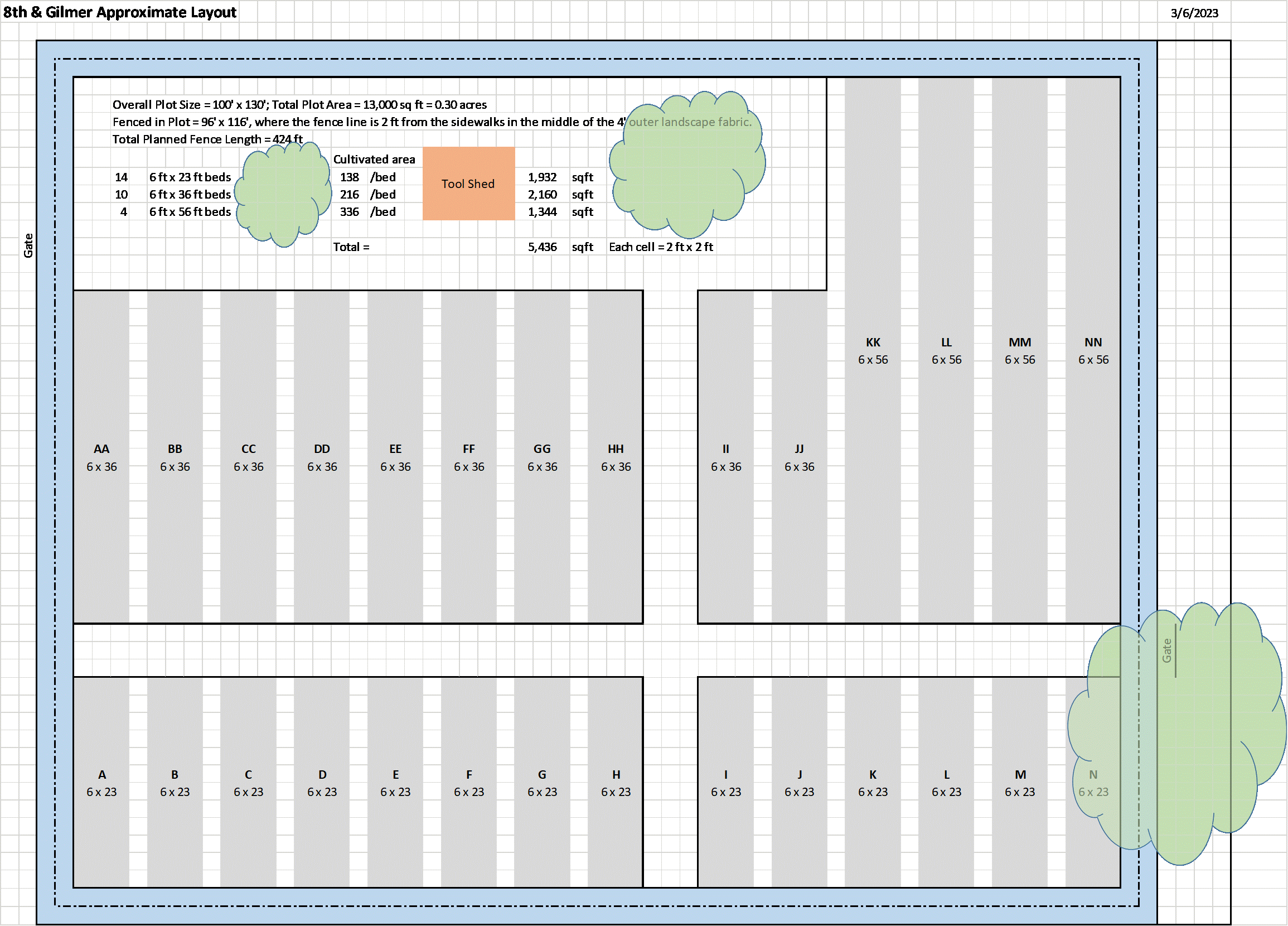
Urban Gardening
Urban Gardening is envisioned as serving a two-fold purpose – a demonstration community garden driven by community volunteers with an educational focus, and a market-oriented urban farming initiative driven by sales opportunities and labor from area volunteers, the “Take Root” program, and neighborhood churches.
Urban Farming Initiative
This ongoing One Valley project is a collaborative effort to effectively address health and economic disparities facing neighborhood families and to develop a sustainable local food system within the food desert of Northwest Roanoke. This initiative aims to create a network of urban farms on vacant lots owned by the Northwest Neighborhood Environmental Organization (NNEO). This project is consistent with NNEO’s mission to convert vacant lots, given to them by the City of Roanoke, into beneficial uses for the community, and is made possible through their cooperation for use of these lots.
The sites will act as working food production and vocational training facilities in cooperation with the Carver Center and the Carver Community Garden. The project will provide workforce development, and community work experience.
These urban farms, where feasible, will incorporate such features as hoop houses, outdoor demonstration gardens, farm stands, drip irrigation systems, trails and environmental spaces, and outdoor education areas. Community members involved in this initiative will be taught to run independent commercial agriculture operations on the farm lots, which will transform the network into community-led commercial urban agricultural enterprises and serve as a model for other neighborhoods throughout the Roanoke Valley.
The first such vacant lot being included in this project is a vacant lot on the corner of 8th St and Gilmer Ave NW. This 100’ x 120’ garden plot will include landscape-fabric covered planting beds to minimize weed growth with an automated drip irrigation system and deer fencing all around. After the plot is levelled this spring, the ground will be covered with a solarizing tarp for 6 weeks to kill the existing vegetative growth. Then later in June, the initial vegetables targeted for this plot will be long-growing crops to minimize the intermittent maintenance while getting the management and volunteer schedules figured out.
